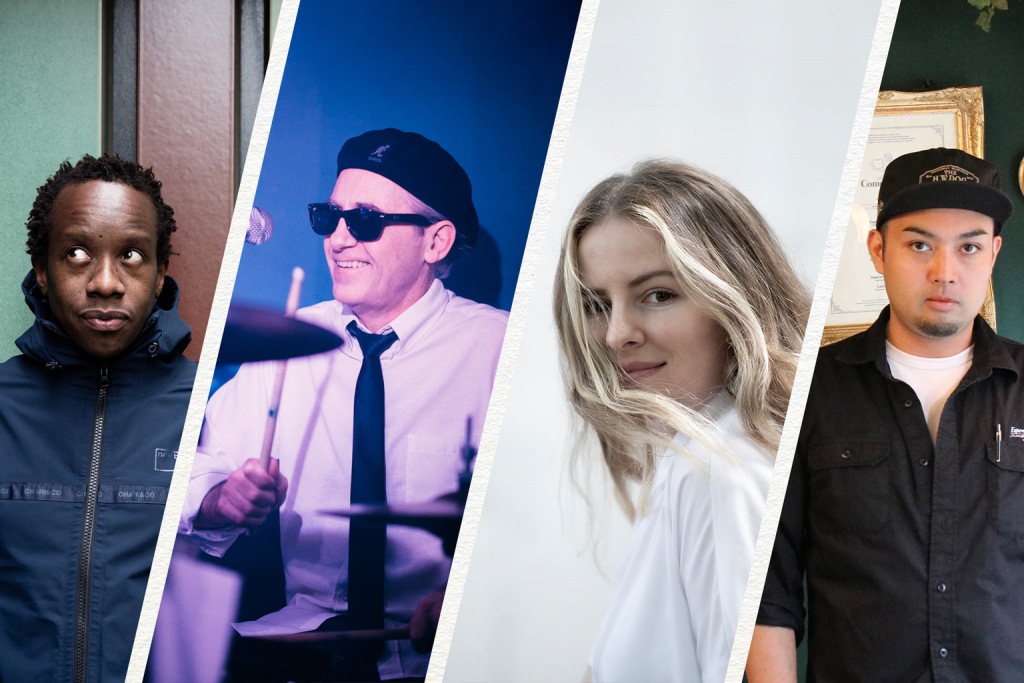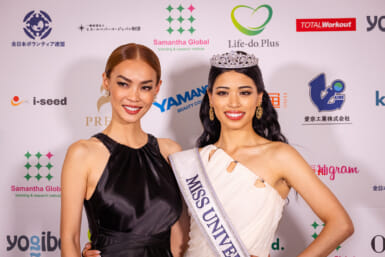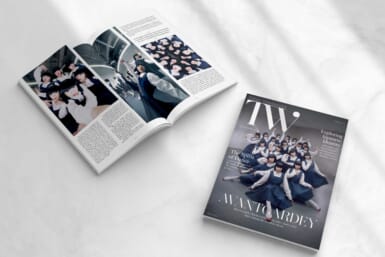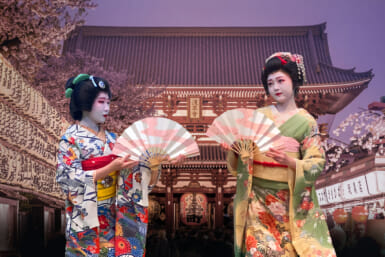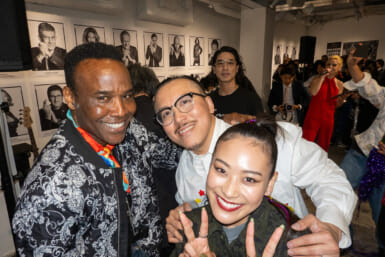The humans of Tokyo make this metropolis pulse with energy. In this Voice of Tokyo, from our July-August 2022 issue, we check in with four of the many Tokyo voices that make the cacophony a symphony.
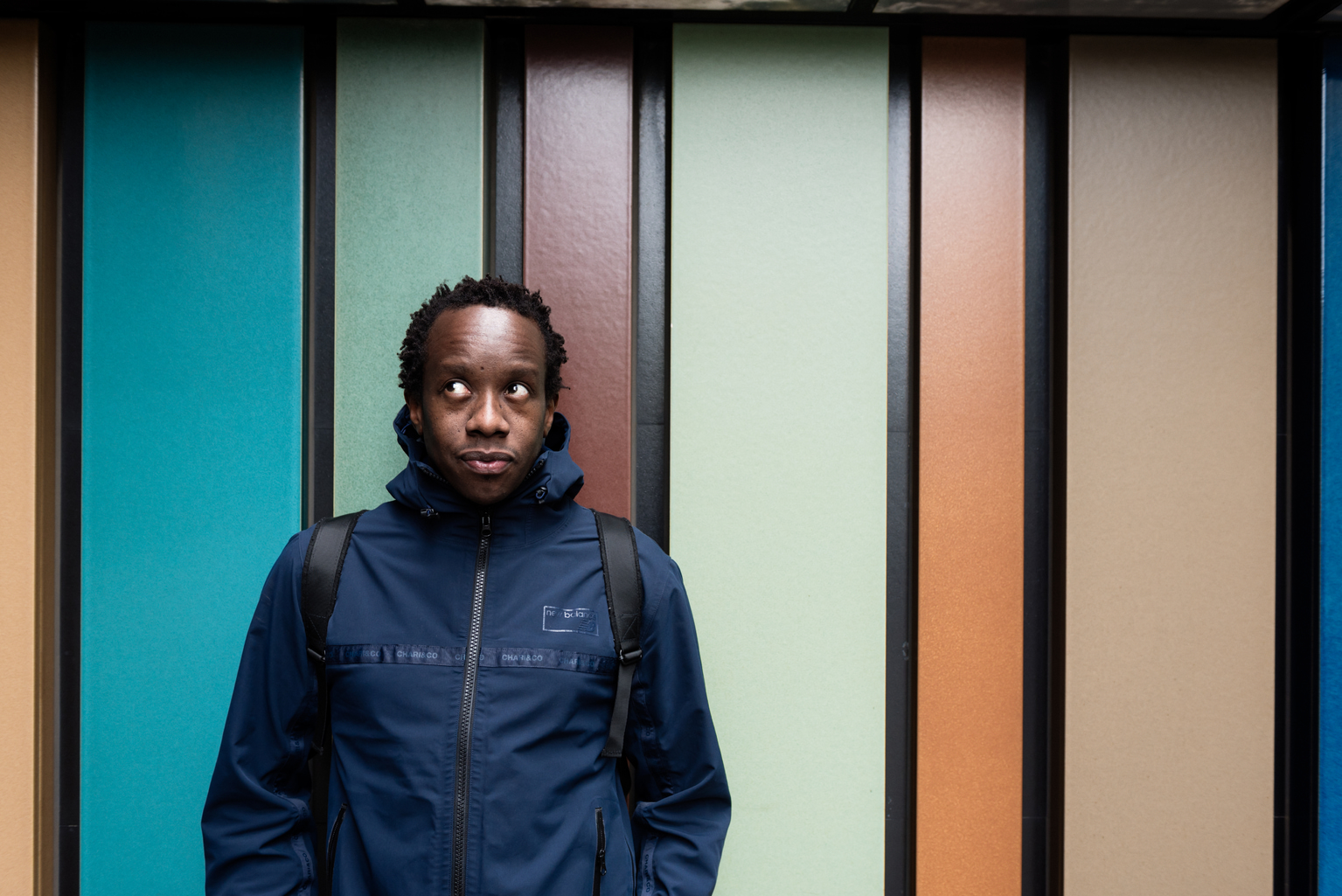
Photo by Michael Holmes for Millennials of Tokyo
John Amari, Writer and Community Builder
Hailing from the UK, Amari lived in Uganda and Kenya before setting up base in Japan as a finance and tech writer, innovation consultant and community builder. With big names like the UN’s World Intellectual Property Organization and Global Finance Magazine on his CV, he has an enviable range of experience to share with the world.
What’s your newest obsession?
Searching for locations, whether urban or rural, that are primed for remote work. That means fast Wi-Fi, with seas and mountains nearby, as well as cozy cafés, restaurants and bars, too.
You started the Millennials of Tokyo Instagram account to showcase the diverse young people living here. What makes Tokyo so internationally attractive?
They are using their passions, in collaboration with like-minded people, to shape the city in their own image.
If you were to choose only one word to represent Tokyo, what would it be?
Diversity. It sounds strange to say, but, while Tokyo is largely monocultural, diversity in the city is increasing – that includes food, architecture, thought and people.
What’s your favorite Tokyo neighborhood?
It’s hard to choose one, but the main three I love are: Ebisu, Hiroo and Shibuya. I also like Nakameguro, Daikanyama and Shimokitazawa.
Follow Millennials of Tokyo (MoTKY) on Instagram.
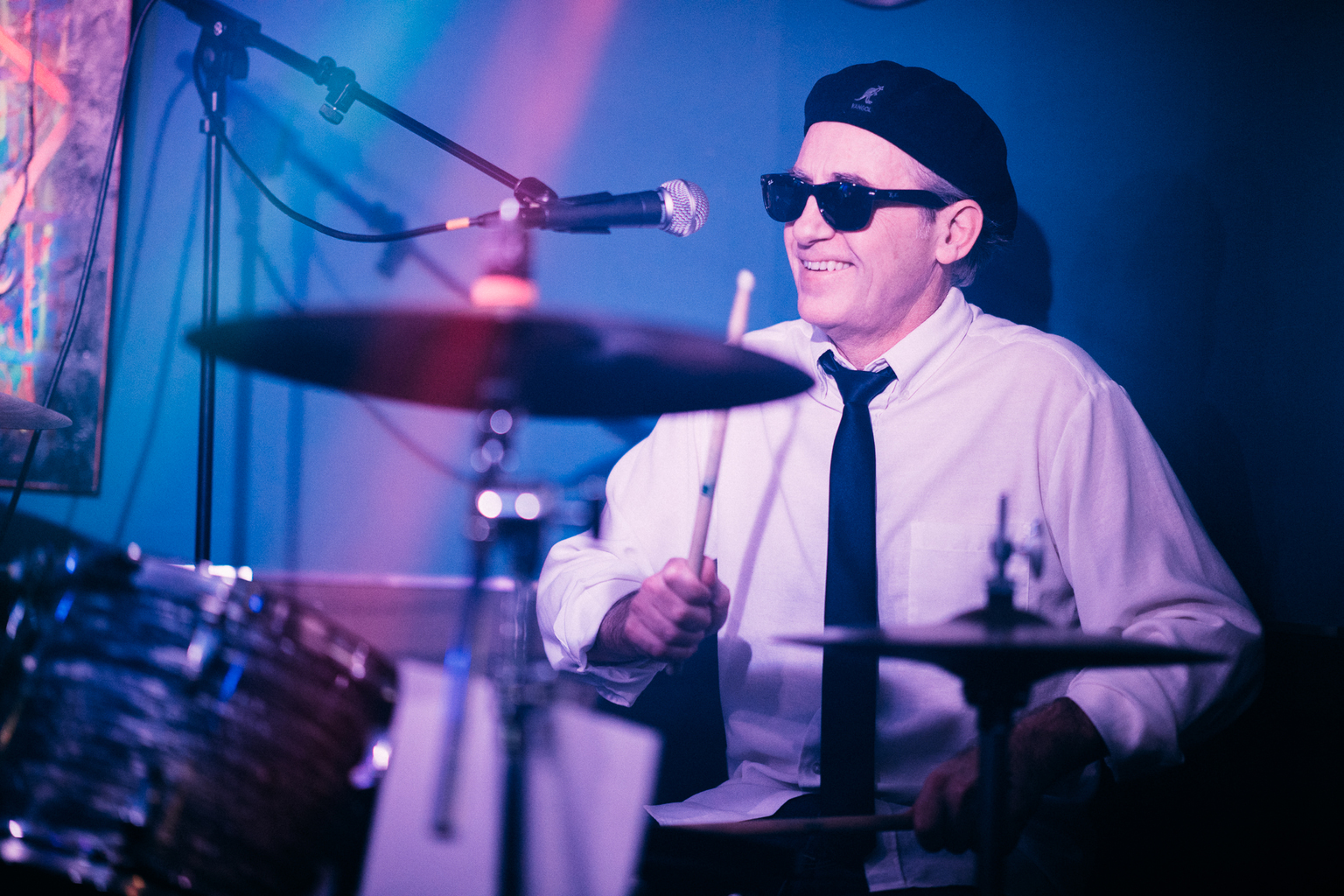
Photo by John Matthews
James Scott Brew, Architect & Musician
Brew works at Nikken Sekkei, Japan’s biggest architectural firm. He spends his days turning design challenges into stories that resonate with customers and colleagues, with the aim of transcending the climate crisis.
What’s your newest obsession?
I am designing a new home, called “Fiddlehead Passivhaus,” for my eldest daughter and her family in the US. I am creating the project entirely on an iPad with an Apple Pencil, using Morpholio Trace, SketchUp, and communication via email and Zoom, which makes having a PC and an office obsolete.
You are passionate about sustainability. Can you give us the elevator pitch of how Tokyo can be more sustainable?
Tokyo needs far more bicycle infrastructure, more pedestrian-only streets, fewer roads (automobile use is declining), more food gardens, and far more trees, as well as porous, light-colored asphalt (to combat the heat island effect) with sitting areas for the aging population. Of course, Japan also needs to use its abundance of natural energy (sun, wind, waves and geothermal energy) instead of importing oil and gas.
What is your favorite spot in Tokyo and why?
Shimokitazawa. It has a recording studio and live house around every corner. Also, it’s mostly pedestrian streets, quirky little shops and some great places to eat!
If you were to choose only one word to represent Tokyo, what would it be?
Edo. Because of the circular economy and the greater sustainability Tokyo once had.
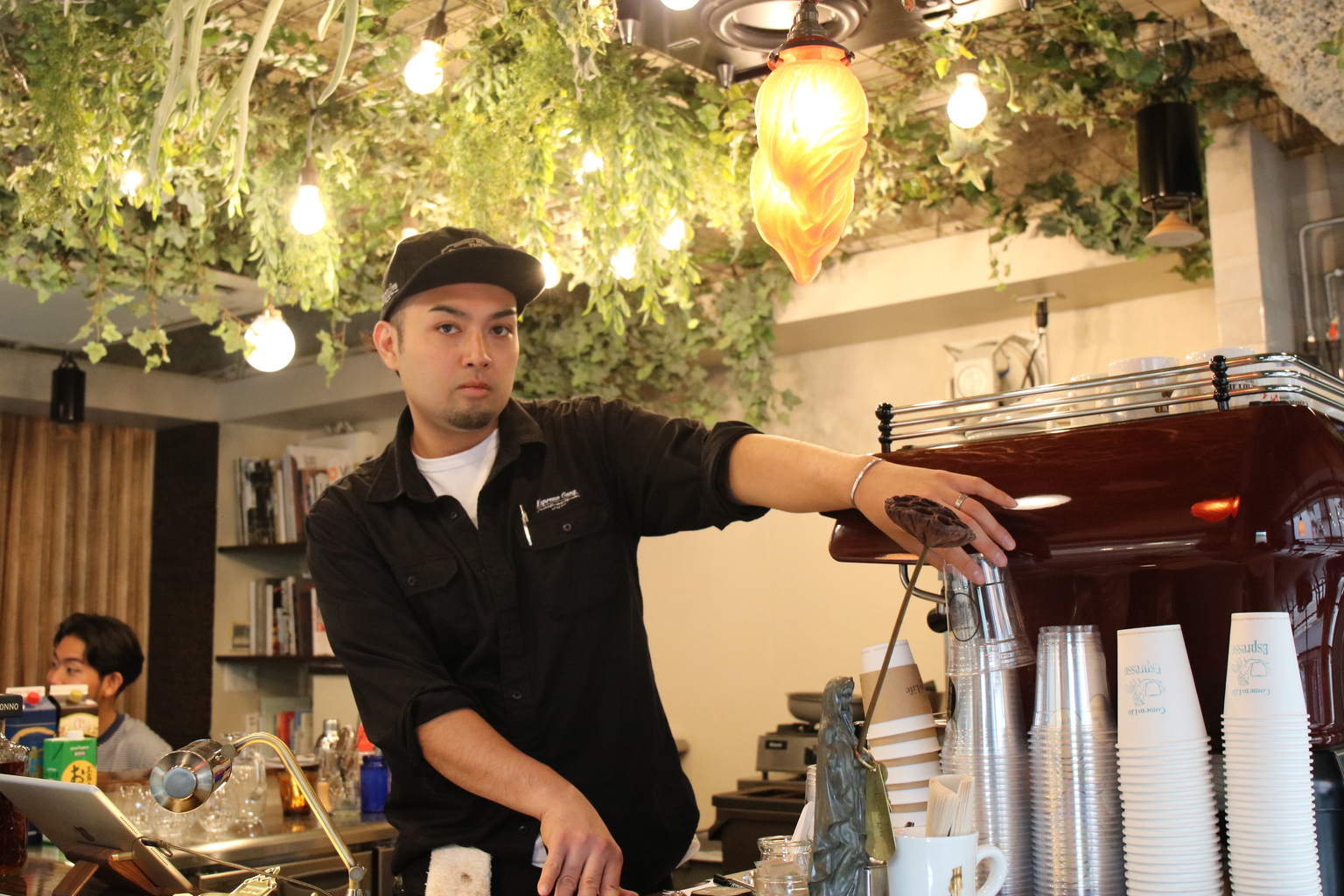
Photo by Zoria Petkoska
Yosuke Miyazaki, Coffee Consultant and Barista
Energetic as an espresso shot, Miyazaki is at the forefront of Tokyo’s coffee scene. He’s been into coffee since he was a teen and has been a barista for 16 years. Seven years ago, he formed the Espresso Gang, a collective of baristas who collaborate and educate others about specialty brews. Find him at Cafe Luigi in Harajuku, Come to Life Espresso in Hamamatsucho or wherever he might pop up to educate newbies on the perfect espresso.
What’s your newest obsession?
Every day I try to create a new kind of espresso. It’s trial and error, but I love the experimentation.
What coffee drink do you think Tokyoites should discover and drink more?
Definitely the Gibraltar that you’re having. I was happy when you came into the café and asked for it, even though it wasn’t on the menu. It’s a drink where the taste of coffee really shines, but it’s still creamy from the milk.
What are the best Tokyo neighborhoods for coffee lovers?
Harajuku, because that’s where specialty coffee began, and Shimokitazawa, because that’s where specialty coffee really flourishes. And in the future, I hope all of Tokyo – that’s what the Espresso Gang is trying to achieve.
Follow the Espresso Gang on Instagram.

Photo by Anton Kerezov
Dea Luma, Architect & Researcher
Her interdisciplinary studies in architecture and neurology brought Dea Luma from Kosovo to the University of Tokyo six years ago. Today she is a Project Assistant Professor at Kawazoe Lab at the university.
What’s your current obsession?
I research how architecture impacts our brain and it’s an ongoing obsession for me. I became a hunter of that x-factor in architecture that makes our brains tick.
What’s an amazing aspect of Tokyo as a city that not many people know about?
Tokyo is difficult to grasp, it’s a transient city. Always developing, always changing. Yet, there’s a hidden order behind its chaotic cityscape. And I find a very special aesthetic value in that.
Aside from us foreigners, what makes Tokyo cosmopolitan?
What I like about Tokyo is the lack of that cosmopolitan feel. To be one of the biggest cities in the world, and to preserve the local atmosphere, that overall Japan-ness, is what makes Tokyo an extraordinary place.
What’s your favorite Tokyo building and why?
It’s impossible to pick one. I’m especially fascinated with tiny houses and the creativity of getting so much function in such a small space.
Follow Dea Luma on Instagram.
Read the previous installments of TW’s Voice of Tokyo:
Voice of Tokyo #1 | Voice of Tokyo #2 | Voice of Tokyo #3 | Voice of Tokyo #4 | Voice of Tokyo #5

